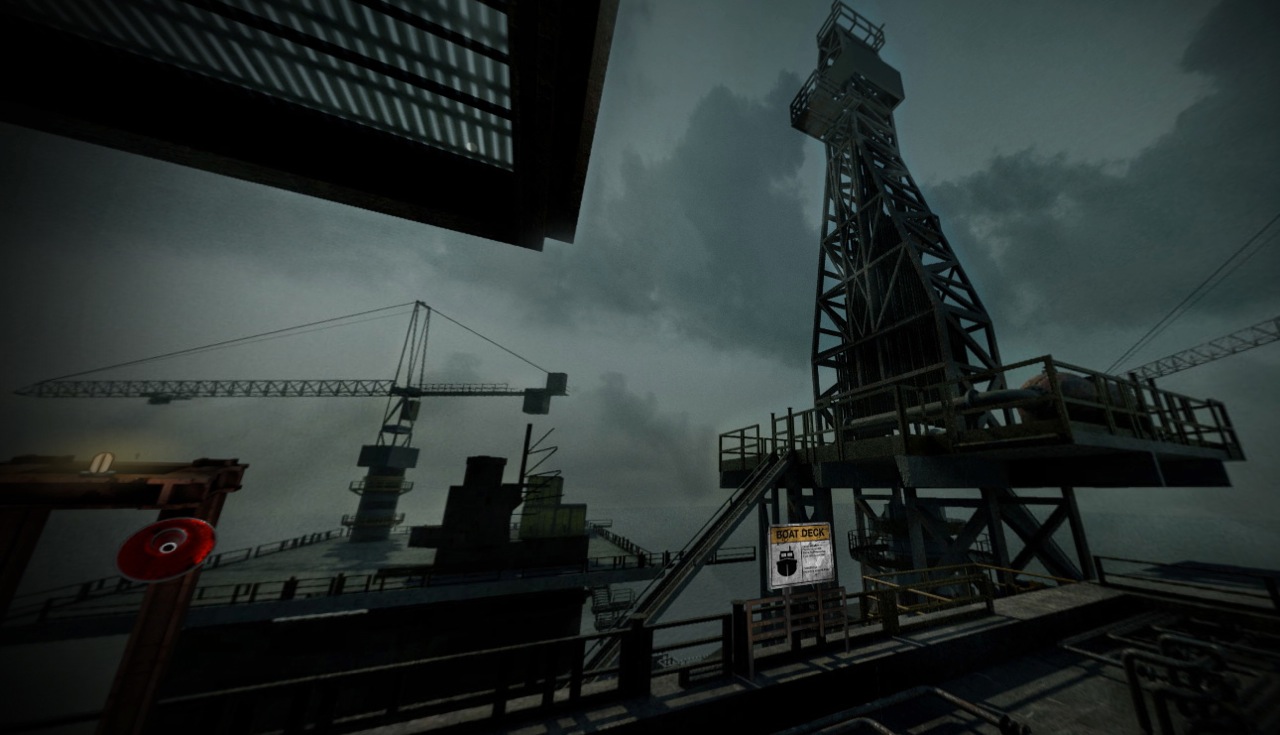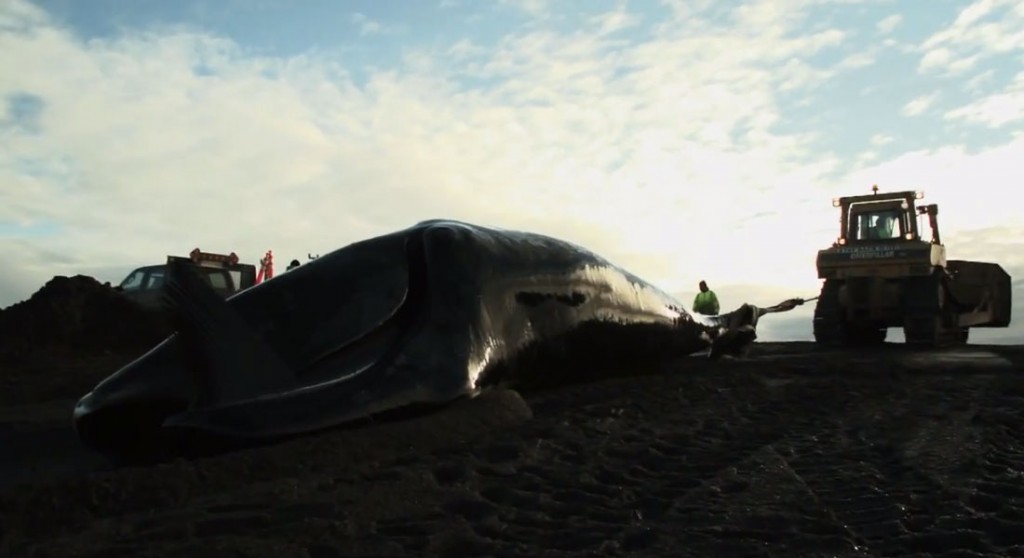A Guest Post by Imre Szeman
If we didn’t know it Before, it’s hard to imagine that any of us don’t know it by now: we are creatures of oil, inhabiting societies made possible by this substance from the age of the dinosaurs.
I’m writing this at a moment when falling oil prices are making our dependence on fossil fuels all too evident. Cheap oil has made the Canadian dollar drop precipitously. The economy of Putin’s Russia is in free fall, as are the economies of every other country that depends on petrodollars to fill up the tank of their GDP (gross domestic product). We like to imagine the 21st century as a time defined by high-tech wireless communications and gadgets for doing things faster and better. When we manage to look past the sheen and glow of new technologies, it’s clear that our faces are as marked by the grime and murk of fossil fuels as they were a century ago—indeed, even more so. And it doesn’t look as if this will change anytime soon.
Interventions by artists and filmmakers into contemporary practices of resource extraction have played a crucial role in making the public aware of the energy systems on which modern life is dependent, as well as the short- and long-term consequences of this dependence. But awareness is one thing; creating real change is another. One of the limits we have reached in our understanding of the causes and consequences of our use and abuse of fossil fuels is a gap—a growing one—between knowledge and action. We might know that we’re oil creatures. We might understand that depending to such a large degree on a resource in limited supply constitutes something like a civilizational category mistake. We know, too, that being content with being oil creatures will have very real long-term consequences for the environment—consequences with which subsequent genera- tions will have to contend. Yet we do nothing—an indictment not only of contemporary politics, but also of the deep faith we have in our society’s use of knowledge for the betterment of all.
Brenda Longfellow’s Offshore is a documentary that sharply challenges our easy acceptance of our fossil-fuel societies, especially the lack of action that has accompanied our growing awareness of just how saturated with oil our societies are. This is not the first time that Longfellow has taken on the subject of oil in her work. Weather Report (2007) travels to sites around the world in an effort to render the true extent of global warming visible. The short film Carpe Diem (2010) is as much about the environmental consequences of our economic practices as an experiment with the shape and form of political documentary. Part comic opera, part puppet show, Longfellow’s black comic poke at the easy cynicism worn by oil executives is as hard to forget as the mutated, two-headed fish that appears on a plate just before the whole misadventure of the oil sands goes into a tailspin. A follow-up, Dead Ducks (2011), mixes standard documentary footage and fictional elements with the puppetry and opera of Carpe Diem to investigate the death in 2008 of huge numbers of migrating birds in oil-sands tailing ponds. While there might be more documentaries than ever bearing witness to all manner of crimes and misdemeanors, audiences have come to learn all too quickly how to domesticate and contain them. Longfellow doesn’t only want to get the facts out, but has reimagined documentary for a new era and a new audience, engaging seriously with the problem of how (and if ) the visual can close the gap between knowing and acting.
First encounter. My browser is open to what looks to be an on-line video game. I press play and am greeted with the words of David J. O’Reilly, CEO of Chevron: “The era of easy oil is over.” The words fade to images of the Gulf of Mexico taken from the air. I’m in a helicopter, looking down at docks, at inlets filled with fishing vessels, at drilling rigs sprinkled haphazardly across the water. The sun is bright, though the background music makes the scenes feel dark, threatening and full of danger. Every few seconds a crackle of static causes the images to be superimposed with a grid or a jumble of lines. Beneath these ordinary images lies a network of knowledge systems that shape and coordinate how we experience them and indeed are the reason why any of these structures are even there. There might be many tales to tell about the sea; for us, it is a resource to be managed and used. My helicopter lands on the deck of the rig Spartan 208. What I do next is up to me.
Offshore is described as a feature-length interactive documentary—a promising new genre that includes recent experimental documentaries such as Philippe Brault and David Dufresne’s Prison Valley (2010) and Dufresne’s follow-up, the popular Fort McMoney (2013). Longfellow initially imagined the film as an “operatic documentary” on the Deepwater Horizon oil spill in April 2010, the largest maritime oil spill in history. Her sketches for Offshore—which also included plans for a chorus, underwater ballet, re-enactments of events and fictional elements in addition to documentary interviews— draw on some of the experimental aspects of Carpe Diem and Dead Ducks. The final project, however, is far more than just a feature-length expansion of these earlier short films. Offshore takes the form of Web-based, visual hypertext, a sequence of narratives that viewers can encounter in their own way, at their own pace and in their own time. Distinct aspects of the story of the BP disaster are encountered via an interface that mimics first-person video gaming. Once on the deck of a rig in the middle of the Gulf, viewers can move about its various levels, clicking on and watching the documentary shorts they encounter, or flipping through paper files and probing other objects that they might find.
Second encounter. In real life, I’m drinking bourbon to try to keep the bruised skies on the screen from bringing me down. On the screen, I sit in the helicopter. The deck of the rig beckons, but a folder lying on the seat across from me is too tempting not to check out. I click on it and it flaps open. Documents from the accident inquest into the rig I’m on. It was built by Hyundai Heavy Industries in 2001, owned by a Swiss company and registered in Panama. I didn’t expect that the Swiss would have a maritime industry given that they don’t have a sea. I wonder if the little fuel-efficient car I use to get around, my Hyundai Elantra, was built with some of the same technology as this rig. Global chains of property designed to minimize responsibility while maximizing profit. I close the folder and step out on the deck.
A click on a ‘play’ icon shows me a series of short docs arrayed under the title “A Dangerous Frontier.” I learn that the engineers and scientists who build these expensive rigs are playing with fire. As wells closer to shore are drained, rigs have had to move farther and farther—and farther—out to sea. The farther out, the more vulnerable they are to hurricanes and typhoons. Hurricane Katrina destroyed 115 oil platforms in 2005. Who knew that there were so many out there to begin with! There is some kind of justice in the fact that rising ocean temperatures are making hurricanes more powerful. The more oil we burn, the more extremes we have to go to to get it; the more we burn, the hotter the planet, the more dangerous those already dangerous extremes get.
Back on the deck, I see a sign showing me the way to go lower and deeper into the rig. I take a sip of my bourbon and head downstairs.
Political Documentary intends to bear witness, to confront viewers with images they might otherwise never encounter in their daily lives. In this way, documentary film has contributed to active public discourse about democracy and citizenship, social being and belonging and our vexed relationship to the natural world. However, one of the very real challenges faced by documentary is not to repeat in its very form the tendency to treat all our problems as exceptions. Not only the mode of exposé but even the very act of filmgoing sometimes repeats the phenomenal pattern that has allowed liberal capitalism to get away with murder, rather than unnerving it. Disasters such as the BP spill are viewed as unfortunate accidents—a figure set against a ground of normal life in which everything trundles along much as it should. Sometimes when one watches a documentary, one shakes one’s head at the ineptitude or ill will of some people and discusses the failures of government with one’s friends over dinner, only to plunge back into what we take to be the safety and rationality of everydayness: it’s hard to transform political insight into political action.
“The economy isn’t in crisis; the economy is the crisis,” we are reminded in the post-2008 manifesto The Coming Insurrection (The Invisible Committee, MIT Press, 2008). Longfellow’s web doc repeatedly draws our attention to the larger system of oil extraction that makes disaster possible even when it is introducing us to oil-rig workers and to the fishermen who depend on the Gulf for their livelihoods. Our desire is to treat the Deepwater Horizon as nothing other than the consequence of a greedy company intent on profit at all cost. We explain it by explaining it away, or indeed, by forgetting about it once the insistent press of the news has faded away (who could say they remembered the even larger Ixtoc I oil spill in the Gulf some 20 years before the BP debacle?). Longfellow holds us accountable by using the expansion of offshore drilling to interrogate the general functioning of the energy apparatus-a system that constitutes an environmental crisis not only when it breaks down, but precisely when everything goes according to plan. When it all works, we don’t even think about it. This is the real problem that we face with the oil system that fuels oil modernity:the oil system isn’t in crisis; the oil system is the crisis. Through its various bits and pieces, through the multiple narratives and complex intersections of forces and contingencies into which it pulls us, Offshore never lets us forget this equation.
Third encounter. I go back on-line and pick up where I left off. The lower deck is empty and dark. Mechanical noises make me wonder if the accident inquest was about a past event or one just about to happen. Does this explain why I am the only one on board? I watch a clip about a retired oil worker, Mr. Floyd, who spent his whole adult life offshore as a drilling man. He notes at the end of his recollections: “Had it not been for the oil fields in south Louisiana, we would have never become middle-class people.” I head down another level to hear the voices of those whose lives have been torn asunder by Deepwater Horizon. The once impossibly rich fishing grounds of the Gulf of Mexico have been devastated. Fishermen and women report hauling in only 10 percent of what they once did. What does end up in their nets is often too diseased and cancer-ridden to end up on anyone’s plate. The Macondo spill site was capped in September 201o. Someone obviously forgot to tell this to all the living things that depend on the waters of the Gulf, creatures and humans alike, all those whose lives the spill has changed forever.
Offshore names a tricky place to do oil work, a place whose dangers we try to manage and are surprised when we cannot. It also names an epistemic sensibility: out to sea, off in the distance, away from prying eyes. “Although fully half of the world’s peoples now live within a hundred miles of an ocean,” John Gillis reminds us, “few today have a working knowledge of the sea.” Fewer still have a sense of the massive mechanical apparatus that is already afloat all over the world, drawing on metal straws stuck in the muck thousands of feet below the waves (the Deepwater Horizon drilled at a record-setting depth of 35,000 feet). In a neoliberal era, offshoring is an apt description for the last frontiers of ideology: if you don’t see it, it can’t possibly matter, even if you might suspect it’s there. Longfellow’s Offshore represents the direction politically charged image-making has to take: rich with information and accessible by anyone at any time, it not only clears the fog from what we secretly want to offshore, but is unafraid to name a system in which we are all implicated.
Back to the rig…
Imre Szeman is Canada Research Chair in Cultural Studies at the University of Alberta. He is currently working on On Empty, a book about the cultural politics of oil. This essay was published in the Spring 2015 issue of POV.




